If you have gone shopping for cannabis in your local dispensary, then you have noticed that the strains are broken down into three different groups: Sativa, Indica, and hybrid. Weed users prefer to use the words Indica and Sativa to predict the side effects of a specific marijuana strain.
It is therefore important to know the subtle difference between the two:
Sativa strains have cerebral effects that are good with social gatherings, creative projects, and sometimes, physical activities such as sports. It is considered uplifting.
Indica strains are perfect for relaxing with a nightcap before you sleep because they are physically sedating.
If you have visited a budtender, you might have noticed that they will ask you the type you prefer. But looking at cannabinoids and terpenes present in Indica and Sativa respectively, you will realize that there are no clear patterns to explain why one type is uplifting and the other one sedating.
Indica and Sativa strains are distinct, but this difference is only useful to growers.
In this article, I will look at the difference between Indica and Sativa.
As a cannabis consumer, shopping for a specific mood is important, that is why you should aim for understanding the cannabinoids and terpenes. We aim at helping you identify which strains are chemically similar, giving you a chance of avoiding particular chemical profiles in our article.
Are you prone to anxiety and looking to avoid an uncomfortable, racy experience? Then you can go for Harlequin, which has low levels of THC and high levels of CBD.
Although it’s not easy to group strains into the Sativa-Indica categories, try using potency to guide you. You may find a strain packing 25% THC isn’t as enjoyable as the fragrant strain with 15% of THC or the balanced CBD/THC variety with 10% of each cannabinoid.
In addition, you might realize that you gravitate toward strains that express similar terpene profiles. Finding the right strain might require trial and error, and in case you are new to cannabis, look for an appropriate place to begin your search for a perfect experience.
A useful starting point when thinking of the effects of strains would be terpenes and cannabinoids. These are the things you should put in your back pocket if you haven’t done that already.
A researcher found that the way Sativa and Indica labels are utilized in commerce is unprofessional. The clinical effects of cannabis have nothing to do with whether the plant is tall, short, sparse, and bushy or whether the leaves are narrow or broad.
There is no scientific or factual basis for making broad sweeping recommendations (as done by budtenders) and it needs to stop at once. We need to better understand which standardized cannabis composition is causing which effects, at which doses when delivered with which methods, and to which type of users.
This simply means that not all Sativas will energize you, and not all Indicas will sedate you. Actually, you may notice a tendency for the so-called Sativas to be uplifting or Indicas relaxing, especially when expecting to feel either way. Just note that there is no hard-and-fast rule, and chemical data doesn’t reflect a clear pattern.
The effects of different strains will always depend on a number of factors, which include the product’s chemical profile, your biological tolerance, consumption method, and sometimes dosage. We can say that it depends on the cannabinoid and terpenes profile of the strain in other terms. Understanding how each of the factors mentioned above will change the experience gives you a better chance of finding a strain that is perfect for you.
Let’s dig deeper into this:
An example of this is THC and CBD. These two examples are the main drivers of cannabis’ recreational and therapeutic effects.
THC makes us feel hungry and high.
CBD is a non-intoxicating compound known to lift some issues.
Instead of choosing a strain based on its Sativa or Indica classification, consider basing your selection on the buckets outlined below:
Users seeking potent euphoric experiences choose THC-dominant strains. If you dislike the side effects associated with THC, choose a strain with high levels of CBD instead.
They contain equal levels of THC and CBD, offering mild symptom relief. This is the perfect choice for those new to the cannabis world.
CBD-dominant strains contain small amounts of THC thus highly recommended for those sensitive to THC or patients looking for clear-headed symptom relief.
It’s important to note that Sativa and Indica strains exhibit these different cannabinoid profiles.
Have you used aromatherapy before to either relax or invigorate your body? If yes, you understand the basics of terpenes.
Fruits and plants commonly produce terpenes. They can be found in oranges, pepper, hops, lavender flowers, and cannabis. They make cannabis smell like pine, citrus, berries, or oranges.
The commonly known terpenes are caryophyllene, limonene, myrcene, and terpinolene which occur in pronounced levels in marijuana.
How to tell the difference between Sativa and Indica cannabis may not really be possible, but you can choose a perfect strain based on its chemical composition. Cannabis is a personal experience, and whether you understand the difference between Indica and Sativa or not, you can still select a strain that will fulfill your desires.
Understanding the nuances of marijuana will give you an alternative perspective on the qualities to look for in a strain. Although there are many resources trying to explain the difference between Sativa and Indica, sometimes you just need the basics.
1. What is the main difference between Sativa and Indica strains?
Sativa strains are typically associated with uplifting, cerebral effects, making them suitable for social activities and creative projects. Indica strains, on the other hand, are known for their relaxing, sedative effects, often used to unwind and prepare for sleep.
2. Should I choose a cannabis strain based on whether it’s labeled Sativa or Indica?
Not necessarily. The effects of a cannabis strain depend more on its specific cannabinoid and terpene profiles rather than whether it’s labeled Sativa or Indica. It’s better to focus on these chemical components when selecting a strain.
3. What are terpenes, and how do they affect my cannabis experience?
Terpenes are aromatic compounds found in cannabis and many other plants that contribute to the plant’s smell and taste. They can also influence the effects of cannabis, such as making a strain more relaxing or invigorating, similar to aromatherapy.
Check the video of this blog:
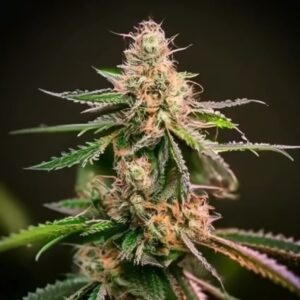


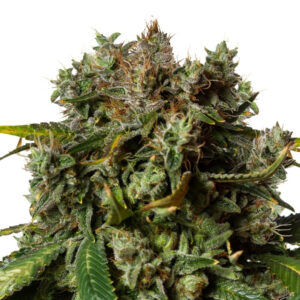

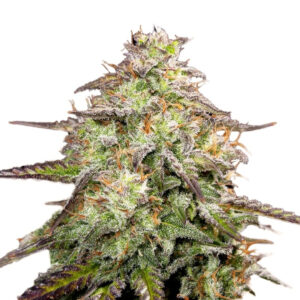
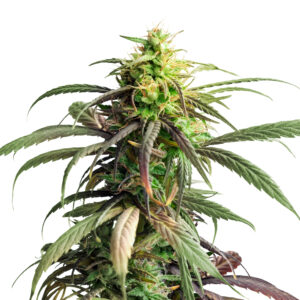






Related Posts

Learn how to make cannabis oil at home with this simple, beginner-friendly guide. From choosing the right strain to infusing and storing, we cover every step so you can create high-quality oil safely and easily.
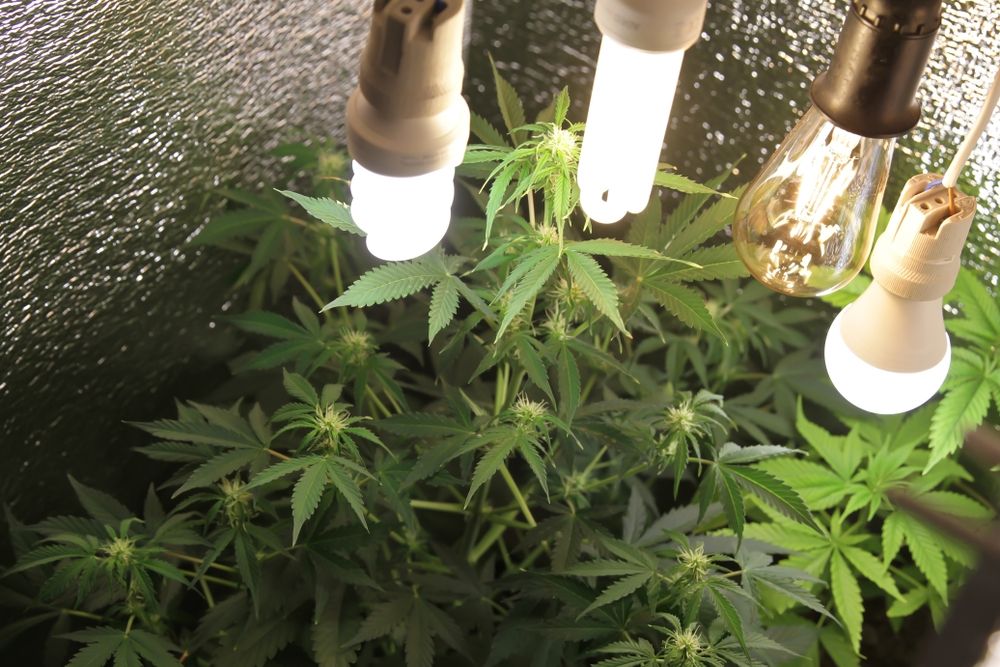
In the sprawling world of cannabis cultivation, the vast range of strains available is genuinely mind-boggling. Whether you’ve just decided to buy cannabis seeds for the first time, or you’re a seasoned grower contemplating your next strain, understanding the factors.
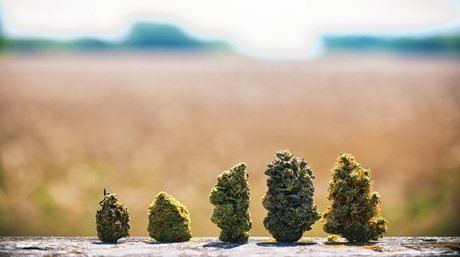
And pretty much anyone else nowadays can tell you that identifying cannabis is largely linked to smell. It the unmistakeable aroma that suddenly turns you into a hound dog when you in public and you smell weed. You sniff it out until you see who is the lucky bastard with the joint.